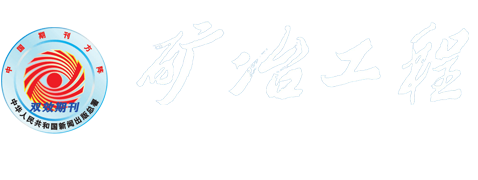YANG Le-zhi, YIN Ao, LIU Zhi-kuan, ZHUANG Zi-long, QIN Shi-biao, TU Fei-yue, TANG Gang
Due to being abundant in natural resources and higher theoretical specific capacity, silicon anode material has been regarded as the most promising anode material for the next generation of lithium ion batteries. However, it also has some shortcomings, such as volume expansion, crushing and pulverization of active substances, separation between anode material and current collector, and poor conductivity during the course of lithiation. The lithiation mechanism and performance degradation of the silicon carbon anode material are reviewed here, including the introduction of recent progress and existing problems in the research on the structural design, such as the silicon carbon material, core-shell structure, egg yolk shell structure, sandwich structure and three-dimensional structure. On this basis, it is expected that the preparation and the three-dimensional structure design for the silicon carbon material being more simple and reliable with lower cost shall be the critical in the future.




